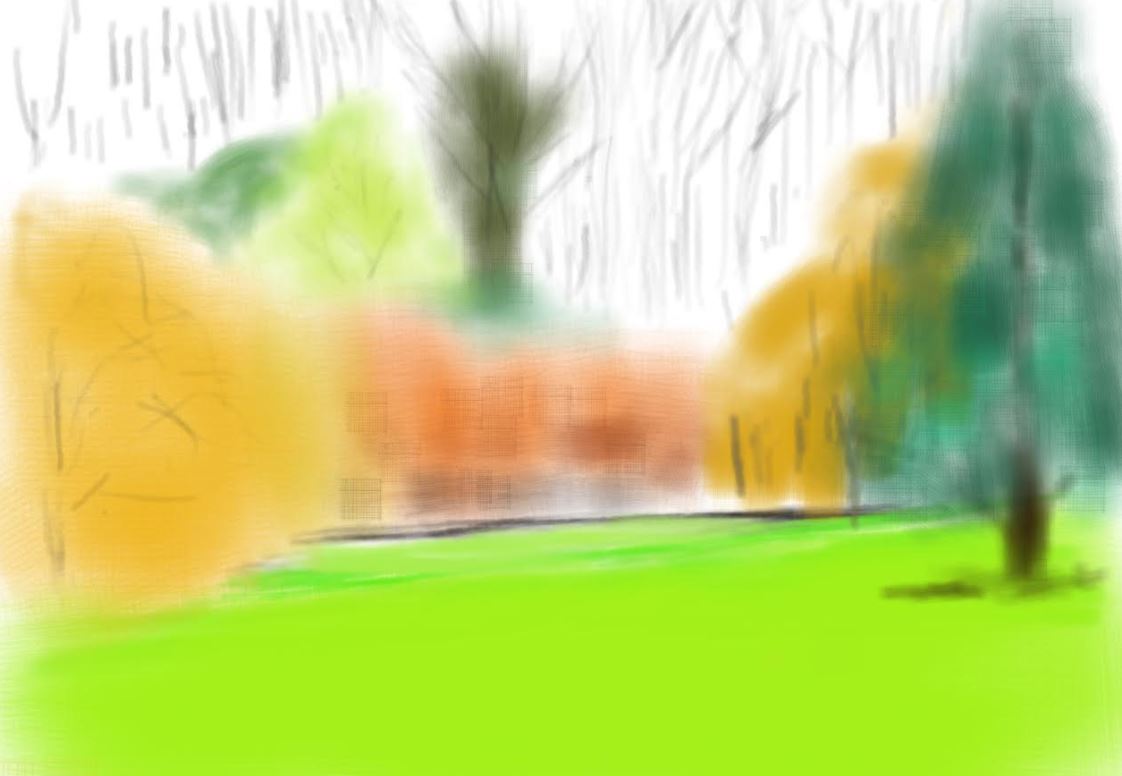I know next to nothing about mosses so I googled and found a blog by Kate Lewthwaite who spent more than 6 months studying the mossesas part of her PhD. She told me that mosses produce spores. They have stems and leaves but not true roots. They are reliant on damp conditions for reproduction because the male cells need to move via a film of water to reach the female cells for fertilisation. Sometimes this is within one plant but can also require them to reach another plant, depending on the species. Mosses are important ecologically as one of the first colonisers of bare ground or fallen trees. They absorb huge quantities of water, helping to soak up rainfall and create a locally humid environment. They also act as an important home for other creatures. These are mainly invertebrates and include species like woodlice and slugs. In my garden, moss is constantly ‘on the move’ as the blackbirds tug it up looking for a tasty meal underneath. Moss is also home to a host of microscopic invertebrates such as rotifers, tardigrades and nematodes. There are around 1,000 bryophyte species (the term that includes both mosses and liverworts) in the UK. Many require microscopes to distinguish between closely-related species.
I spent a while photgraphing them in the woods and decided that it was mostly the common tamarisk moss (Thuidium tamariscinum). But I wasn't prepared to lie on the muddy ground and study them properly. The day after I took a small digital microscope with me and a plastic sheet to lie on and took someclose up photos. I dedicate this film to the memory of my friemd and his wife.

 RSS Feed
RSS Feed